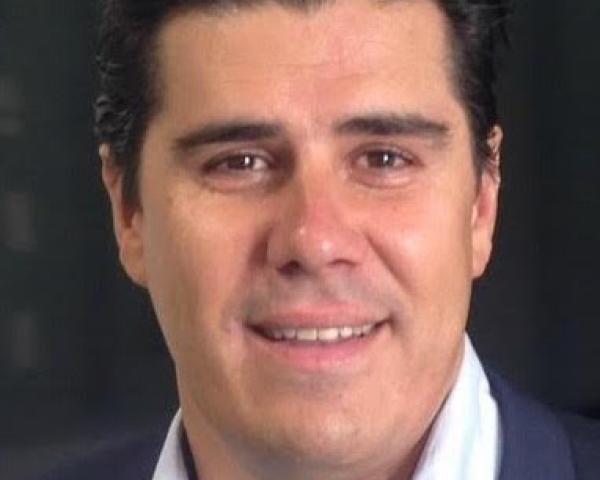Cat bonds add a layer of complexity to reinsurance. Without technology, tracking all the details can be overwhelming.
Catastrophe bonds are an increasingly important form of risk transfer for insurers. Cat bonds are a peculiarity of the U.S. reinsurance market, where about 125 to 200 natural disasters occur a year. They were first sold in the mid-1990s after Hurricane Andrew and the Northridge earthquake highlighted the need for a new form of risk transfer. The cat bond market has been growing steadily for the past 10 years, and more than $25 billion in catastrophe bond and insurance-linked securities are currently outstanding, according to Artemis.
Many insurers have moved away from managing their ceded reinsurance program with spreadsheets, which are time-consuming and error-prone, in light of current regulatory and internal demands. More carriers have installed — or are planning to install — a dedicated ceded reinsurance system that provides better controls and audit trails.
See also: Is P2P a Realistic Alternative?
Besides enabling reinsurance managers to keep senior management informed, a system helps carriers comply with the recent Risk Management and Own Risk and Solvency Assessment Model Act (RMORSA). It also generates Schedule F and statutory reporting, an otherwise onerous job. And technology prevents claims leakage (reinsurance claims that fell through the cracks).
Cat bonds add a layer of complexity. The cat bond premium is a “coupon” the insurer pays to the bond buyer. There are many potential losses behind each bond, and the potentially huge recovery amounts to as much as hundreds of millions of dollars for some insurers. Other complexities include a priority deductible, an hours clause, lines of business reinsured or excluded and attachment criteria to automatically identify subject catastrophe amounts. Without technology, tracking all this can be overwhelming.
The ceded reinsurance system can also be used to manage cat bond premiums. From a system perspective, it’s not terribly different. The same analytical split (per line of business and per insurance company in the group) applies to bonds just as it does to reinsurance treaties. With a little tweaking, a solid ceded reinsurance system should be able to handle cat treaties and bonds equally well.
While ceded premium management for cat bonds shouldn’t be difficult, claims present bigger challenges, especially when trying to automatically calculate the ultimate net loss (UNL) because additional factors and rules are often used to determine it.
For instance, it may be necessary to apply a growth-allowance factor, determine the number of policies in force when the catastrophe occurs and calculate growth-limitation factors. This allows the calculation of ceded recoveries in case of a catastrophe. Additionally, the calculation of UNL may be specific for each cat bond — and even for each corresponding peril.
See also: Insurers: the New Venture Capitalists
Automating all this isn’t necessary because few events trigger those complexities. Once a manual workaround incorporating the audit trail and justification of the subject amounts is done, the reinsurance system can handle the remaining calculations. While it’s not necessary to fully automate all steps to calculate the UNL, it is still better to handle the whole process with an integrated information system than with multiple spreadsheets that are unwieldy and labor-intensive.
Without the right technology, managing cat bonds is daunting. With automation, they can be managed far more effectively.


